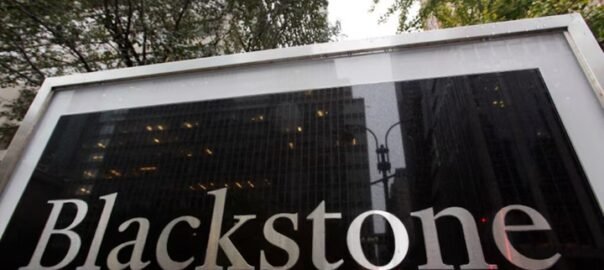Spanning over one million square feet, South City Mall features a vast array of international and Indian brands and generates an average annual turnover of over Rs 1,800 crore.
Global private equity firm Blackstone, in one of its marquee asset deals, has acquired South City Mall in Kolkata for a transaction value of Rs 3,250 crore, according to a statement on June 17.
The deal was facilitated by real estate consultancy firm ANAROCK.
Asheesh Mohta, Head of Real Estate Acquisitions – India, Blackstone said that South City Mall is the definitive destination in Kolkata for shopping, dining, leisure, and entertainment.
“We are thrilled to strengthen our presence in India and invest in this iconic asset. We are committed to continuing South City Group’s wonderful work and positioning South City Mall for long-term success, benefiting from our scale, operational expertise, and deep experiences in the retail sector, particularly in India where we own one of the largest retail portfolios,” he said in a statement on June 17.
Spanning over one million square feet, South City Mall features a vast array of international and Indian brands and generates an average annual turnover of over Rs 1,800 crore. The mall houses over 150 stores and has multi-storeyed parking for over 1,250 cars.
US-based Blackstone is the largest owner of commercial and retail real estate in India. As of December 31, 2024, Blackstone had over $1.1 trillion assets under management.
Blackstone has been investing in India since 2006 and has pumped in more than $50 billion across sectors ranging from IT services and asset & wealth management to auto components and online learning.
Commenting on the deal, Soumendu Chatterjee, Regional Director – Land, ANAROCK Group, said that ANAROCK was the sole transaction advisor for the iconic South City Mall.
“This landmark transaction once again showcases ANAROCK’s ability to facilitate large-scale, complex deals and commitment to delivering comprehensive real estate advisory services for marquee assets. The mall has a high footfall – daily visitors range between 55,000 and 60,000 surging to 75,000– 200,000 during weekends and festive seasons,” he said.
South City Mall was developed by a consortium of real estate players in the region and launched in January 2008.
Sushil Mohta, Chairman of Merlin Group and Director of South City Projects, said that South City Mall is indeed a prime retail asset in one of the most sought-after areas in South Kolkata.
“We applaud Blackstone on this acquisition. The mall boasts numerous premium retail and lifestyle brands including Zara, Tommy Hilfiger, Levi’s, Only, Armani, Calvin Klein, The Collective, United Colours of Benetton, Adidas, PUMA, Fab India, among others,” he said.
Author Credits- Ashish Mishra
Money control










